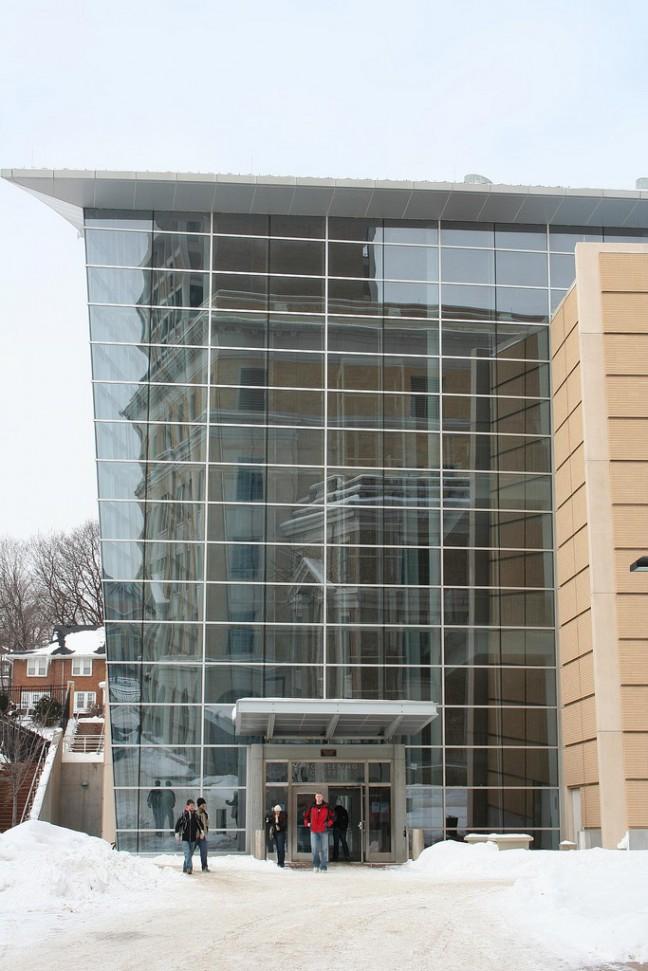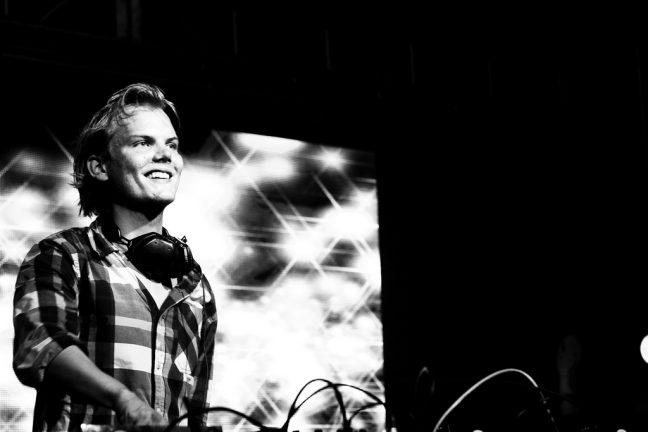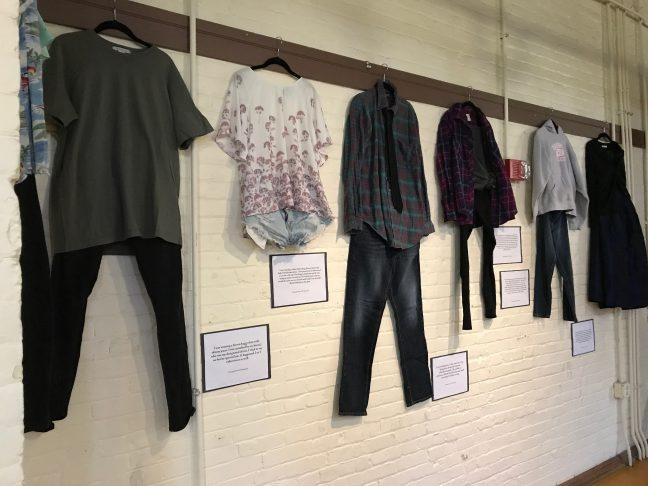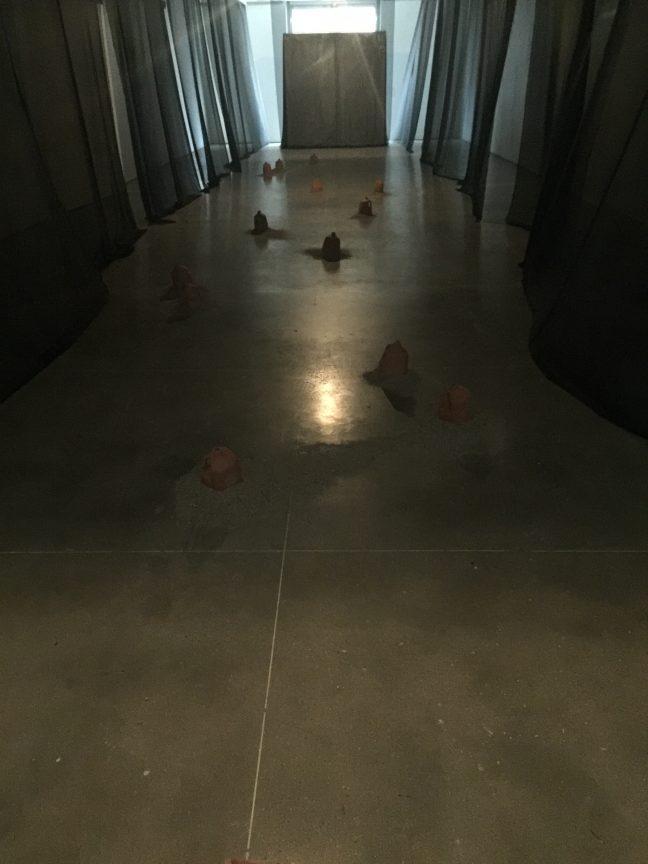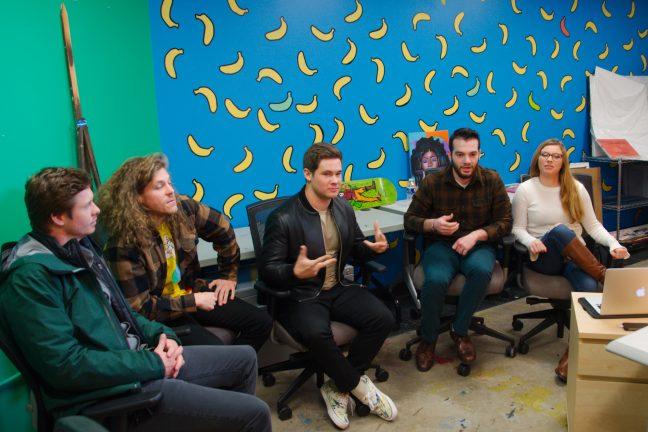The University of Wisconsin has many outlandish buildings — some make you scratch your head in confusion and others make you stand wide-eyed in wonder. Okay, there are probably more of the confusing type than the wondrous type. You can tell some sort of thought went into that stairway or wall etching, but can’t be sure just what that thought was. One building that has many students scratching their heads is the Engineering Centers Building.
“A good starting question might be, why is there the ‘M’ floor?” UW undergraduate James Olson said.
The heavy entry doors and tapering staircases cause much confusion for student patrons.
“There are no right angles in there, right?” undergraduate Sam Ranabhat said.
I spoke with Phillip White, the project manager of the building, to uncover the hidden answers behind its quirky angles and confounding doors.
Design of the Engineering Centers Building (ECB) started in 1998. The architects worked for about a year-and-a-half to design the building; they spent the rest of the time actually constructing it. White’s firm, Kohn Pederson Fox Associates, designed the skin of the building and the major public spaces. Working with architect-of-record Flad & Associates, they completed construction in 2002.
The ECB was designed first and foremost as a “pedagogical tool,” White said. It houses research labs, student org space, offices, classrooms and machine shops. The building’s functional pieces, including the elevator, display internal mechanical systems that usually hide behind dull gray plaster. The building is organized around the main atrium and its interior street, so hallways and staircases taper away from that area.
“They funnel you back into the more private space, to the offices in the back,” White said. “It was a design expression, to open it up as you enter the corridor [toward the atrium].”
Another strange part about the building concerns the mezzanine, which is the floor directly overlooking the interior street. It’s a sort of byproduct of the auditorium behind it and was a way to tuck in some extra space.
One might also notice the apparent lack of stairs from the mezzanine to the second floor. White said the stairs from the atrium to the mezzanine are really just convenience stairs. Shouldn’t all stairs be convenient? Nevertheless, the designers decided having labs in that second-floor space was a better use than breaking it up with extra stairs.
“The lower level is where we have the fun stairs,” he said.
Though exploring campus buildings can lead to exciting discoveries, sometimes reality just doesn’t stack up to expectations. Perhaps the most irritating part of visiting the ECB is the doors. They require a lot more effort to open than one would expect, especially for an engineering building. White said he didn’t know exactly why the doors weren’t functioning properly.
“We did put some balanced hardware on those. … It should be easier to open it,” he said. “It may be a maintenance thing, where they’re just not adjusted.”
Now let’s travel to the penthouse floor. White noted that usually buildings end up with a big, blocky top level to house all the mechanical systems — they need to be close to the research floors — but such a design wouldn’t fit well with the nearby residential neighborhood. The architects decided to curve the roof, eliminating any blocky feel while still leaving some elbowroom for air conditioners.
One can notice acute and obtuse angles not only in the stairs and hallways, but also in the walls.
“They had a fun time pouring the concrete for that at an angle, I’ll let you know that,” White said.
He said such a process involves a different premium for the concrete, but overall it isn’t too expensive.
A less-viewable structure lies under the outside stairs leading up to North Breese Terrace: a football storage area.
“We had to design some football storage. That’s a first for our office,” White said.
Though ECB may seem nonsensical, in fact every design happened for a reason. The “M” floor happened because the building called for an auditorium. The widening staircases were designed because of the idea that the whole building opens up to the atrium and interior street.
Though ECB requires some right angles to function, it apparently does not require nice, easy-to-open doors. But that’s the trademark of an interesting building, right? There’s always something more to explore.








